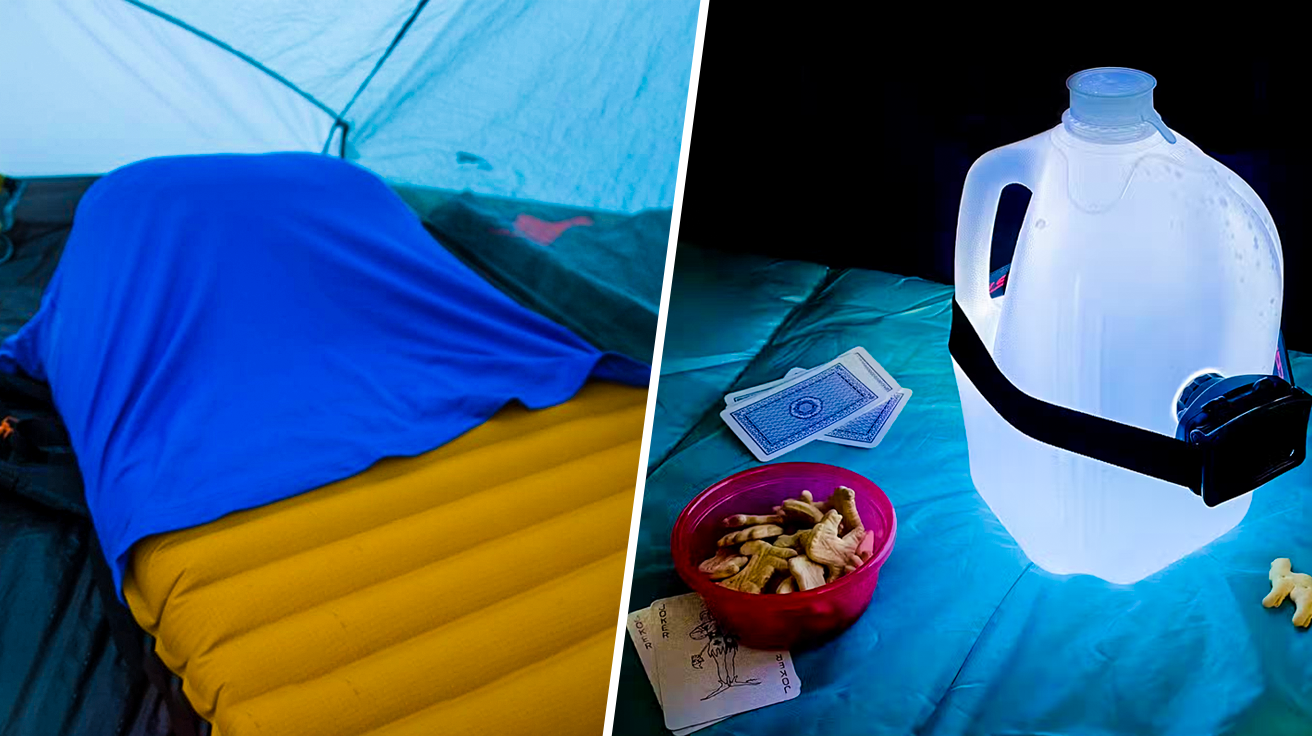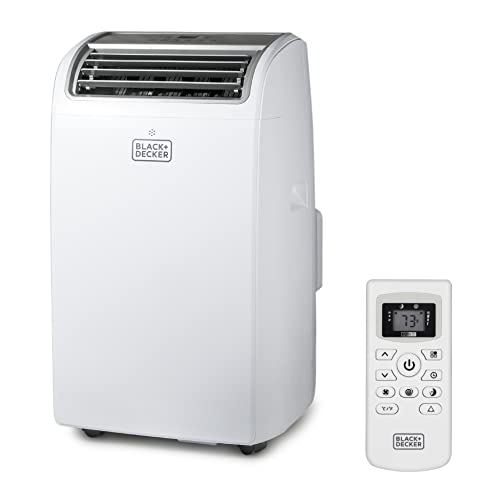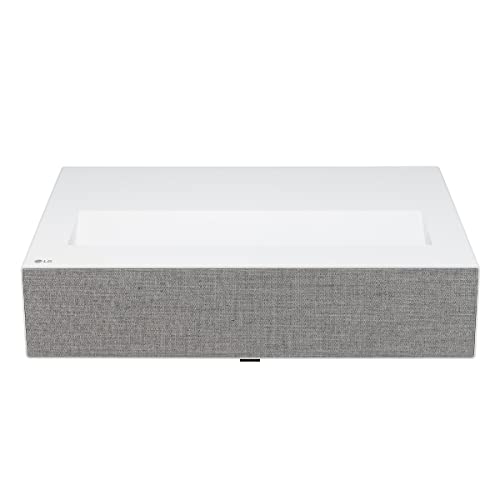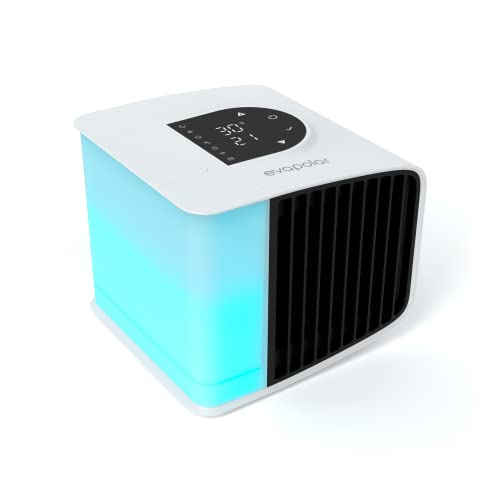Did you know that the majority of experienced backpackers still make rookie mistakes on the trail? Your trusty backpack holds secrets waiting to be discovered – clever tricks that go beyond the usual “pack light” advice you’ve heard before. We’ve gathered 15 useful hacks that will transform your next wilderness journey. These field-tested techniques make your pack lighter, your camp cozier, and your adventure smoother.
15. Preventing Your Sleeping Pad From Sliding

Experienced backpackers know the frustration of sliding sleeping pads. A simple application of silicone seam sealer creates small dots on the tent floor, forming a grippy surface that keeps sleeping pads firmly in place. The sealer dries clear and flexible, allowing normal tent packing without adding bulk or weight. Most backpackers apply a grid pattern of dots spaced about six inches apart, creating the perfect amount of grip without damaging equipment. This technique works on all tent floor materials and sleeping pad types.
14. Breaking In Your Boots

You must prepare new hiking boots before hitting challenging trails. Expert hikers know that proper boot break-in prevents painful blisters and hot spots that can ruin any adventure. The break-in process molds the boot’s materials to match your unique foot shape, creating a custom fit that provides all-day comfort. We recommend wearing new boots around your house and neighborhood for at least 20-30 hours before taking them on serious hikes – start with 1-2 hours per day and gradually increase the duration.
13. Cork Float Protection

You need a simple solution to protect your car keys during water crossings. A regular wine cork attached to your keyring creates an instant flotation device that works in streams, rivers, and lakes. We find this lightweight hack especially valuable when fording streams or exploring waterfall trails where dropping keys could end an adventure early. The cork won’t impact key storage or add noticeable weight to your pocket.
12. Trekking Pole Benefits

Trekking poles transform challenging terrain into manageable ground. These lightweight walking aids distribute your weight evenly across four points of contact instead of just two feet, reducing strain on knees and ankles during steep ascents and descents. We see hikers of all experience levels using poles to maintain balance on loose rock, mud, and stream crossings. Your backpack likely includes pole attachments for times when you want your hands free.
11. Keeping Your Pillow in Place

Small backpacking pillows tend to slip away during the night. A strip of hook-and-loop tape attached to both the sleeping bag and pillow creates a secure connection that lasts through multiple trips. The adhesive-backed tape requires no sewing and adds only a few grams to pack weight. Most backpackers place two small strips at the head of their sleeping bag, allowing for different pillow positions. This modification takes less than five minutes to complete. For extra security, slide an extra shirt or jacket over the head of the sleeping bag, covering both the pillow and bag. This simple trick keeps the pillow in place and adds a touch of warmth to your setup.
10. Tick Protection Essentials

You need reliable tick protection when hiking through grasslands and livestock areas. A specialized tick key tool removes embedded ticks safely and completely, preventing infection risks from broken tick parts left under the skin. Hikers can enhance protection by applying a natural repellent made from tea tree oil and water – spray this mixture on boots, socks, and pant cuffs before hitting the trail. The combination of removal tool and repellent provides comprehensive tick defense.
9. Sock System Strategy

You deserve blister-free hiking regardless of your sock situation. While dedicated hiking socks offer optimal protection, a two-sock layering system creates effective friction protection with regular athletic socks. The inner polypropylene sock wicks moisture while the outer wool-blend sock provides cushioning and warmth. We suggest carrying moleskin patches to quickly address any hot spots before they develop into painful blisters.
8. The Versatile Water Bottle Cap

Standard water bottle caps serve multiple functions in the backcountry. The flat surface works perfectly as a measuring cup for dehydrated meals and coffee portions. Backpackers use the cap’s inside ridges as an emergency cutting tool for paracord and packaging. The cap’s durability makes it an ideal platform for crushing spices or medicine tablets. This multipurpose tool eliminates the need for separate measuring devices.
7. Cleaning Your Cooking Pot

Sand and small stones provide a natural, weight-free solution for cleaning stubborn pot residue. Backpackers gather a handful of fine sand from streams or trails to scrub their cookware clean without soap. The natural abrasive removes stuck-on food without scratching pot surfaces or harming the environment. A final rinse with hot water sanitizes the cooking surface for the next meal.
6. Adding Calories with Olive Oil

Olive oil offers one of the most efficient ways to add calories to backcountry meals. Each tablespoon provides 120 calories and essential fats that help maintain energy levels at high altitudes. Backpackers store olive oil in small plastic bottles, adding it to breakfast oatmeal, dinner dishes, and even hot drinks. The oil improves food taste while delivering nine calories per gram, making it more energy-dense than both proteins and carbohydrates.
5. DIY Volume Measurements

Personal water bottles provide accurate measuring tools for backcountry cooking. Backpackers mark common measurements directly on their bottles using a permanent marker and a reference measuring cup. The volume marks allow precise water portions for dehydrated meals and hot drinks. This system eliminates the need for a separate measuring cup and helps conserve fuel by heating exact water amounts.
4. Checking Ground Level with a Water Bottle

Water bottles serve as effective tools for finding level tent sites. Placing a partially filled bottle on potential tent locations reveals slope angles that might go unnoticed. The water level inside the bottle indicates ground tilt in any direction. Most backpackers check several spots before setting up their shelter, ensuring comfortable sleep and proper tent drainage.
3. Finding the Best Sleeping Position

Strategic sleeping bag positioning maximizes warmth and comfort in the backcountry. Backpackers align their sleeping position with the natural contours of the ground, placing their heads slightly uphill. A small depression dug for the hips increases sleeping comfort on firm surfaces. This technique improves blood circulation and reduces pressure points during sleep.
2. Easy Access to Your Flashlight

Headlamp storage requires quick access for nighttime needs. A small gear pocket attached to the tent ceiling with adhesive-backed hook-and-loop tape creates an ideal headlamp holder. The light hangs lens-down, providing ambient illumination for the entire tent space. Most backpackers position this pocket near their head for easy reach during the night. Alternatively, if you need an easy DIY lantern, just attach your headlamp to a water jug and turn it on. Turn it off when you no longer need it.
1. Drying Wet Socks Overnight

Wet socks dry quickly using body heat during sleep. Experienced backpackers place damp socks flat between their sleeping bag and pad, using body warmth to remove moisture. The compression between these layers speeds up the drying process without compromising sleeping bag insulation. This method ensures dry socks for the next morning while keeping wet gear outside the sleeping bag.




























